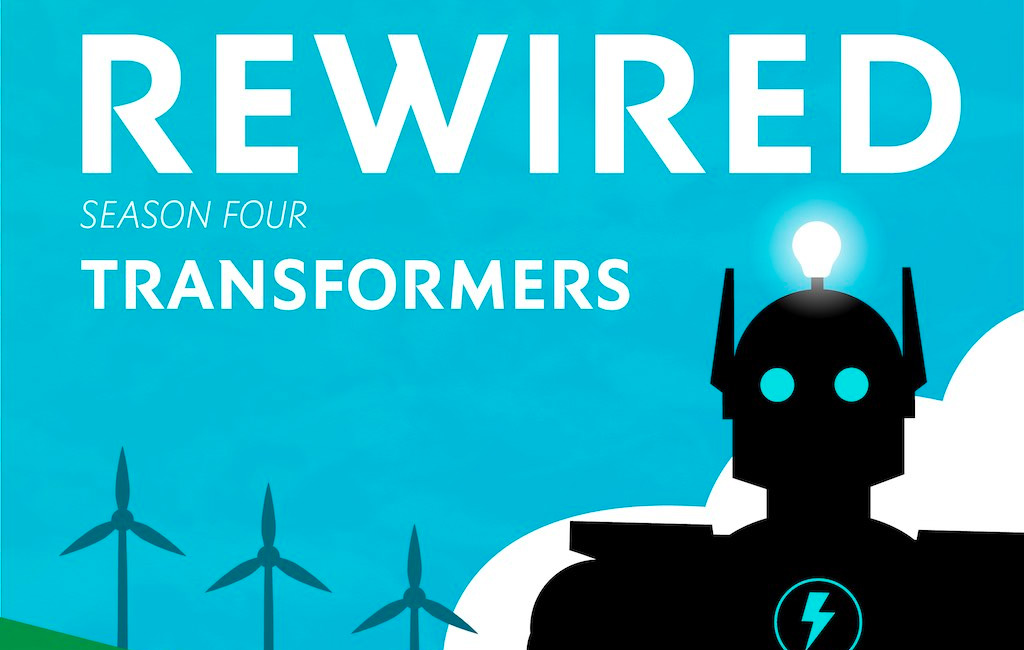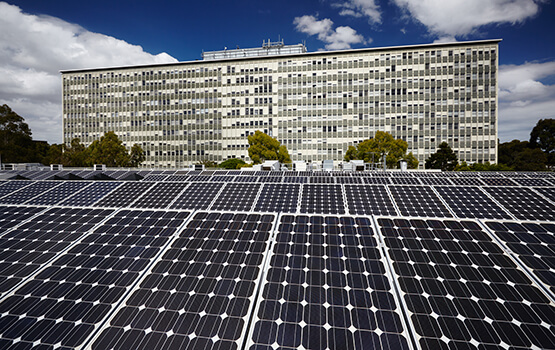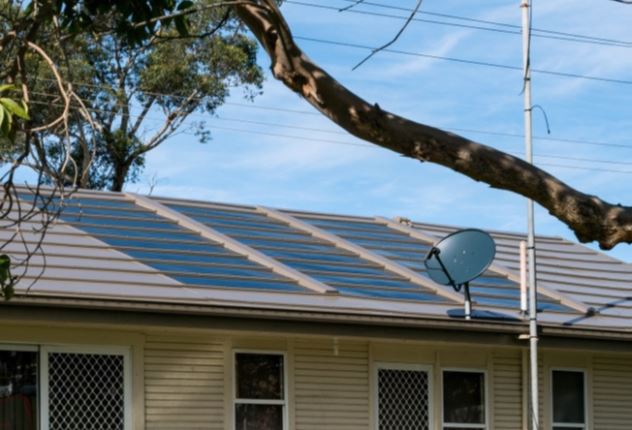What is solar power?
Energy created by the heat and light of the sun is called solar energy. Solar power is produced when energy from the sun is converted into electricity or used to heat air, water or other substances. Solar energy can be used to create solar fuels such as hydrogen.
At the end of 2020, there was more than 700 GW of solar installed around the world, meeting around 3 percent of global electricity demand.
More solar PV energy is added each year than any other type of energy generation, thanks largely to the rapid cost reductions that have been achieved in recent years. Between 2010 and 2019, the global levelised cost of electricity (LCOE) for large scale solar dropped by 85 per cent.
How does solar power work?
There are two main types of solar power technology, solar photovoltaic and solar thermal.
1. Solar photovoltaic
Solar photovoltaic (also known as solar PV) converts sunlight directly into electricity using a technology known as a semiconductor cell or solar PV cell.
The most common form of solar PV cell is typically encased in glass and an aluminium frame to form a solar panel. One or more panels can be installed to power a single light, cover the roof of a house for residential use, or be assembled into a large-scale solar farm generating hundreds of megawatts of electricity.
Solar PV panels are currently the most widespread type of solar PV technology, however other types of solar PV are being developed for targeted applications including PV that can be integrated into buildings, flexible PV and even PV paint.
2. Solar thermal
Solar thermal converts sunlight into heat (also known as thermal energy), which can be used for a variety of purposes including creating steam to drive an electricity generator. This energy can be used to drive a refrigeration cycle to provide solar-based cooling.
There are two main types of solar thermal technologies.
- Small scale thermal technology is used to heat space or water (such as in a solar hot water system).
- Concentrated solar thermal harvests the sun’s heat to produce large-scale power generation. It uses a field of mirrors to reflect sunlight onto a device called a receiver, which transfers the heat to a thermal energy storage system. Energy can then be released from storage as required.
Explore solar energy resources
Solar power in Australia
Solar PV generated approximately 10 per cent of Australia’s electricity in 2020-21, and is the fastest growing generation type in Australia.
More than 30 per cent of Australian households now have rooftop solar PV, with a combined capacity exceeding 11 GW.
Large scale solar farms are also on the rise in Australia, with almost 7 GW of generation connected to Australia’s electricity grid.
How are we supporting solar projects?
Our purpose is to support the global transition to net zero emissions by accelerating the pace of pre-commercial innovation, to the benefit of Australian consumers, businesses and workers.
Since 2012, we have provided more than $230 million to around 130 solar research and development projects, including $80 million to the Australian Centre of Advanced Photovoltaics (ACAP).
Our project achievements:
- 2021 – Sundrive set a new world record for a commercial size silicon solar cell with a sunlight to electricity conversion rate of 25.54 per cent.
- 2019 – We allocated $9 million in funding for solar and wind farms to trial providing their own short-term generation forecasts into the National Electricity Market’s central dispatch system.
As Australia’s electricity system continues to evolve, we’re providing funding to support innovation to enable the ultra low cost renewable generation required for the viability of future industries such as clean hydrogen and low emissions metals. Our focus is to:
- Increase solar module efficiency
- Reduce solar PV balance of system costs
We also invest in concentrated solar thermal research, development and demonstration activities that, combined, contribute to a global effort to develop the next-generation of solar thermal technologies.
Knowledge sharing
We share knowledge, insights and data from our funded projects to help the renewable energy industry and other projects learn from each other’s experiences.
Read solar energy project reports in the Knowledge Bank










